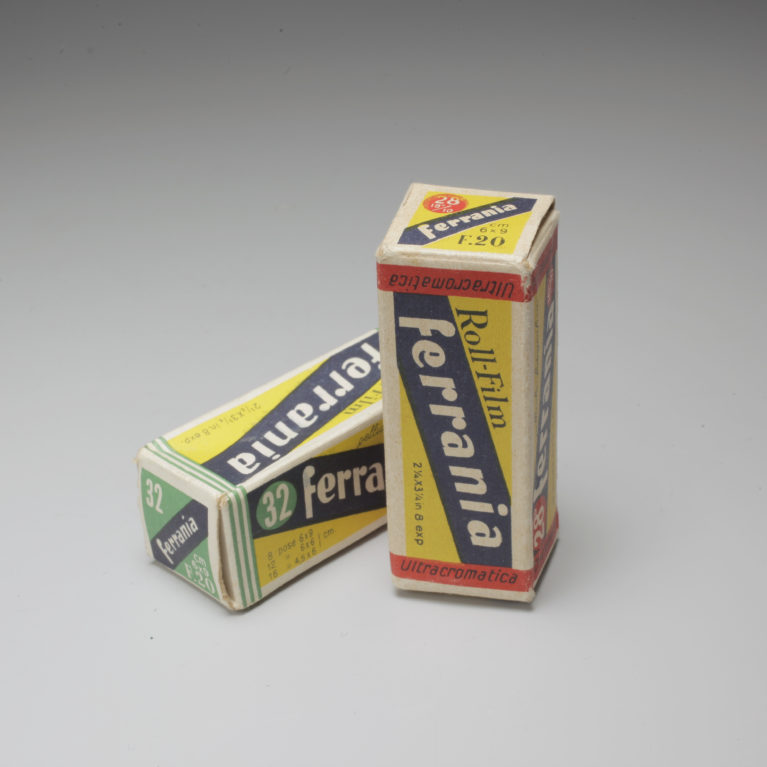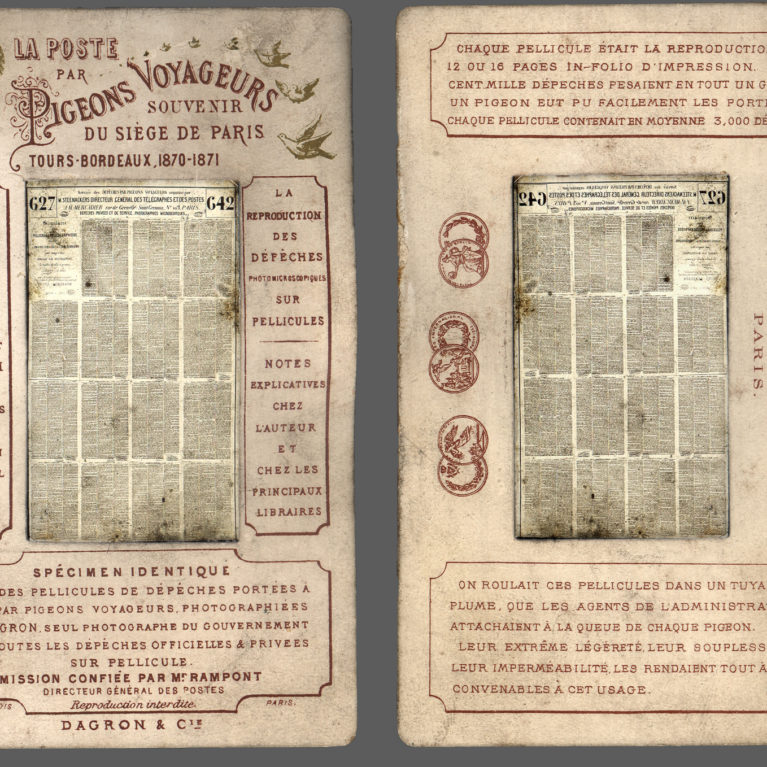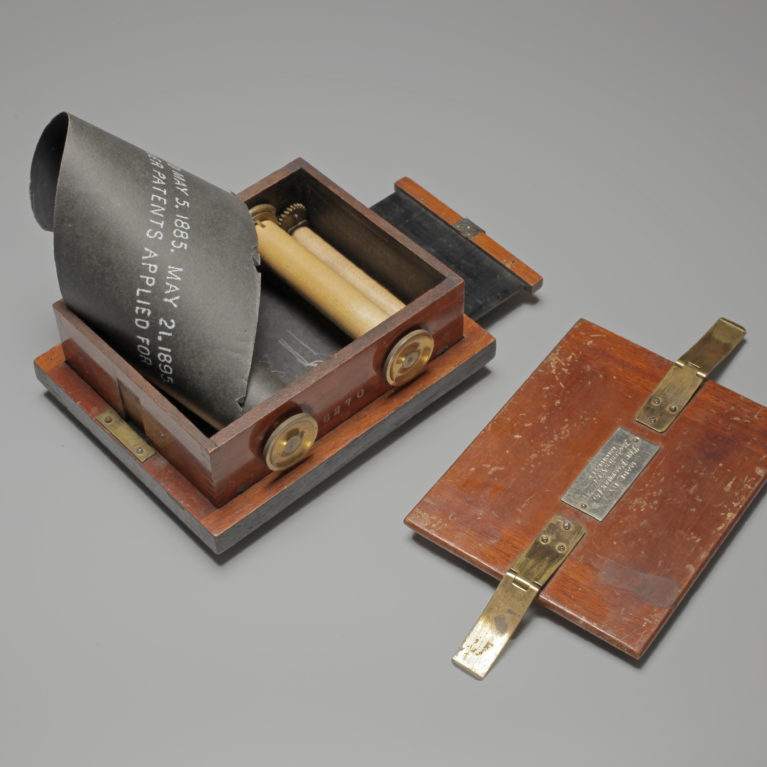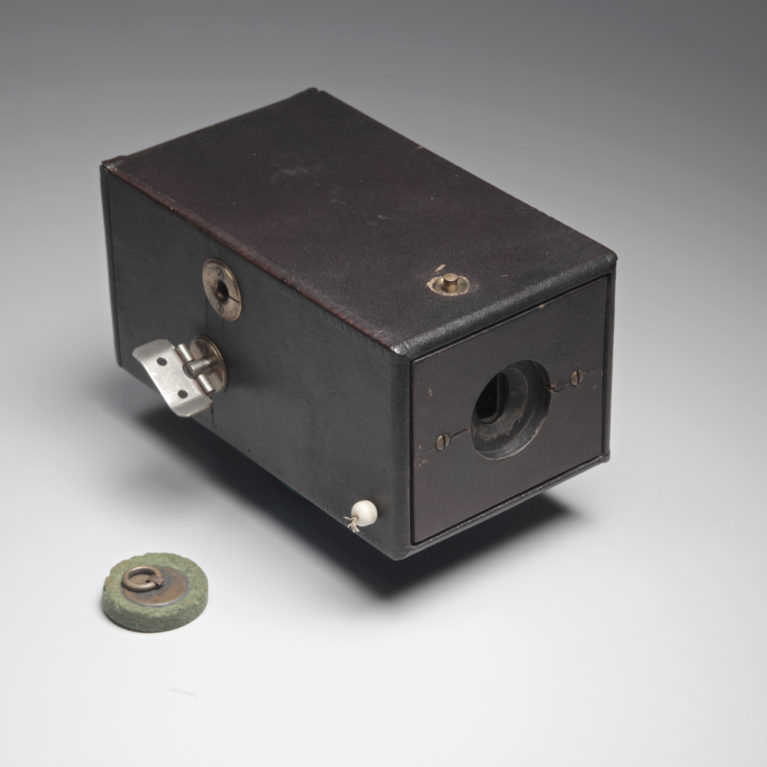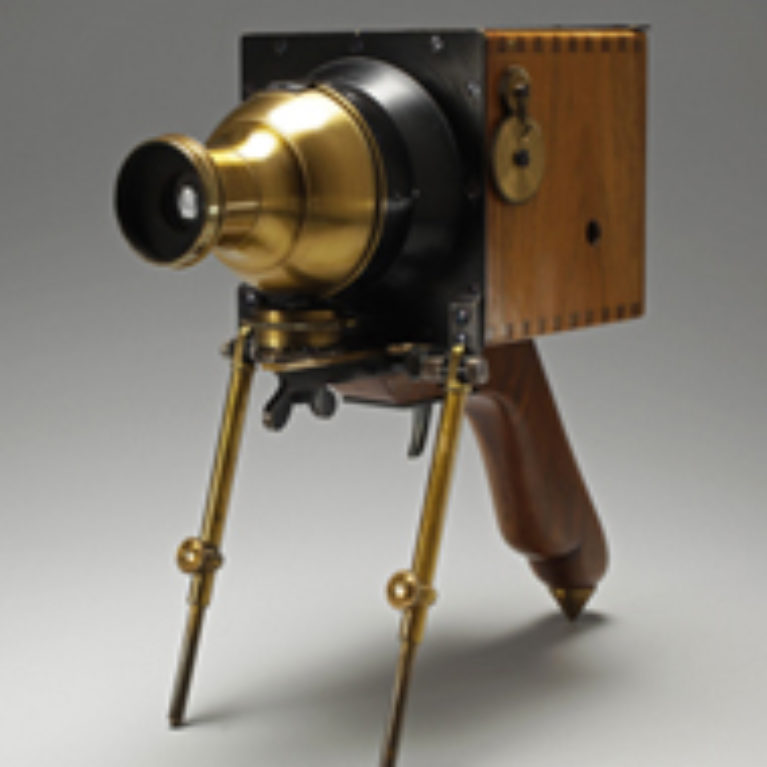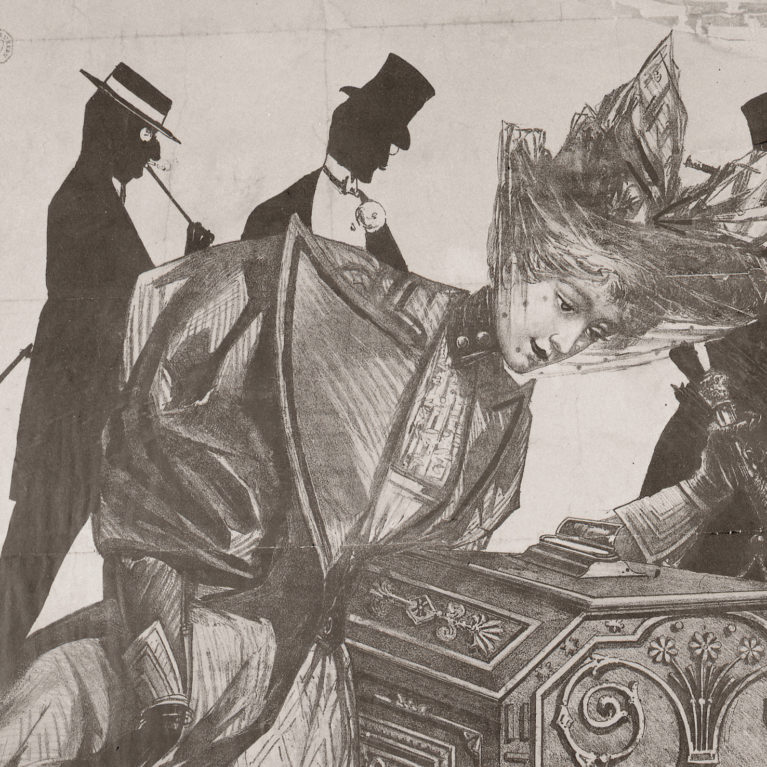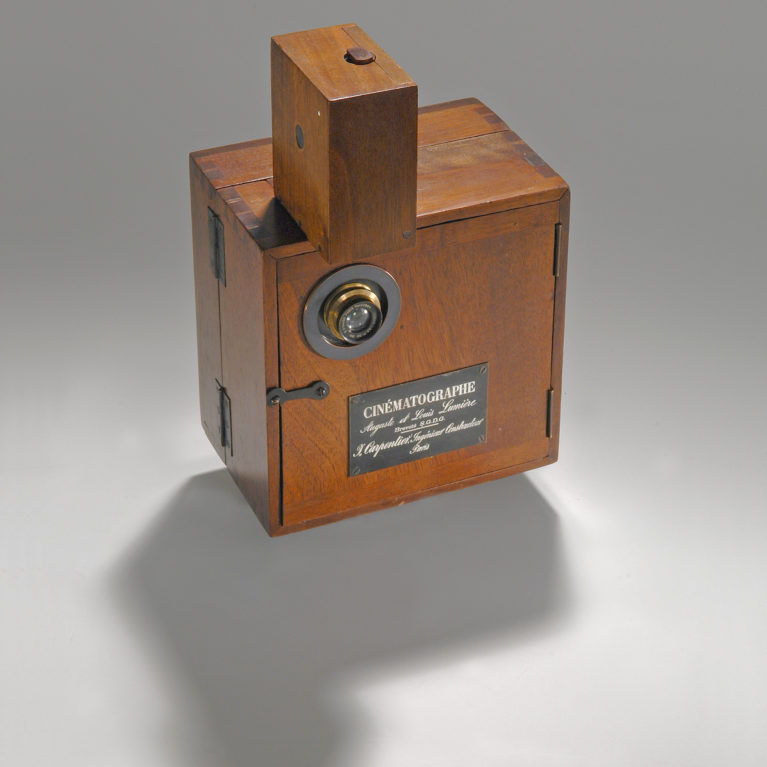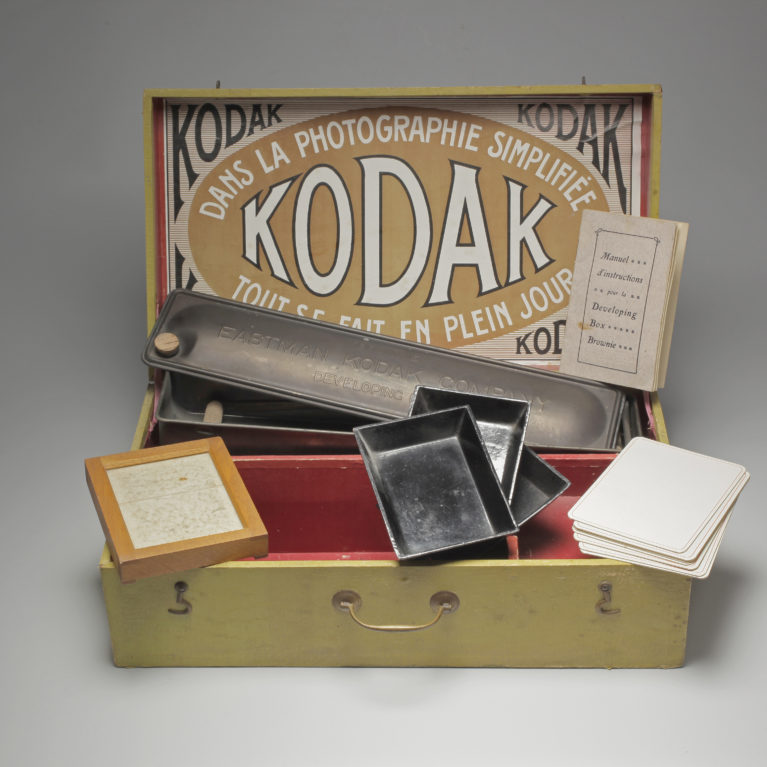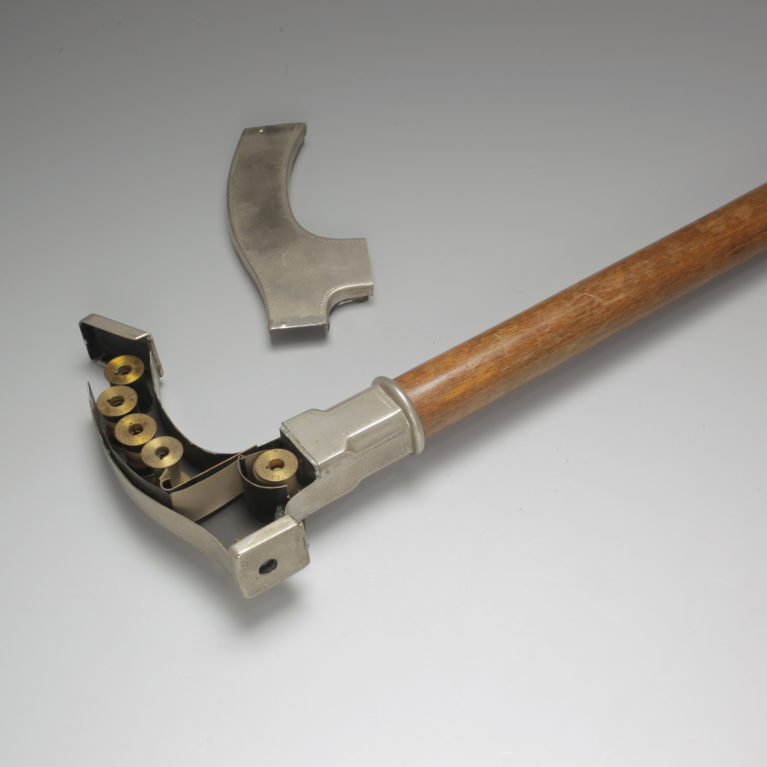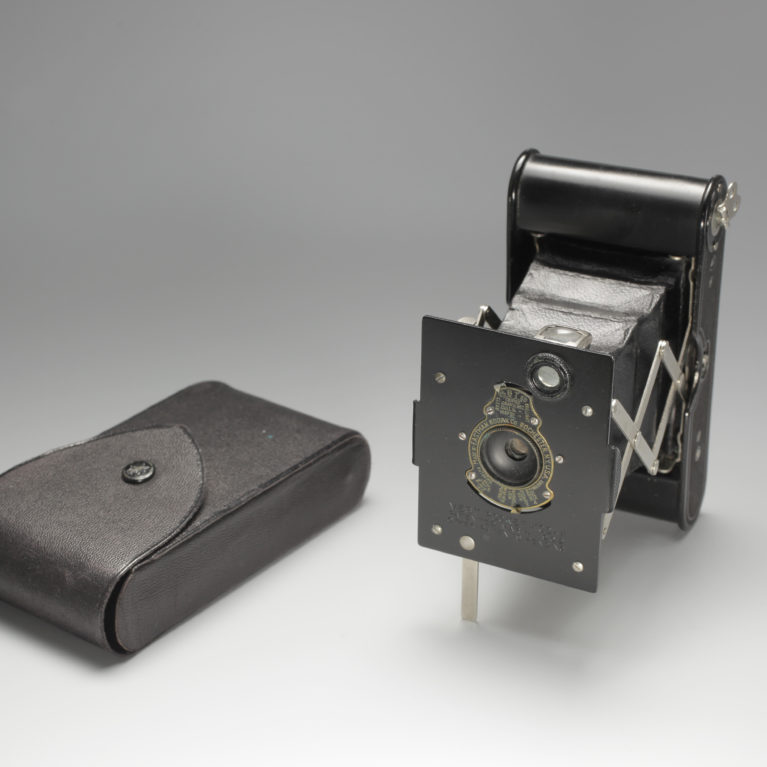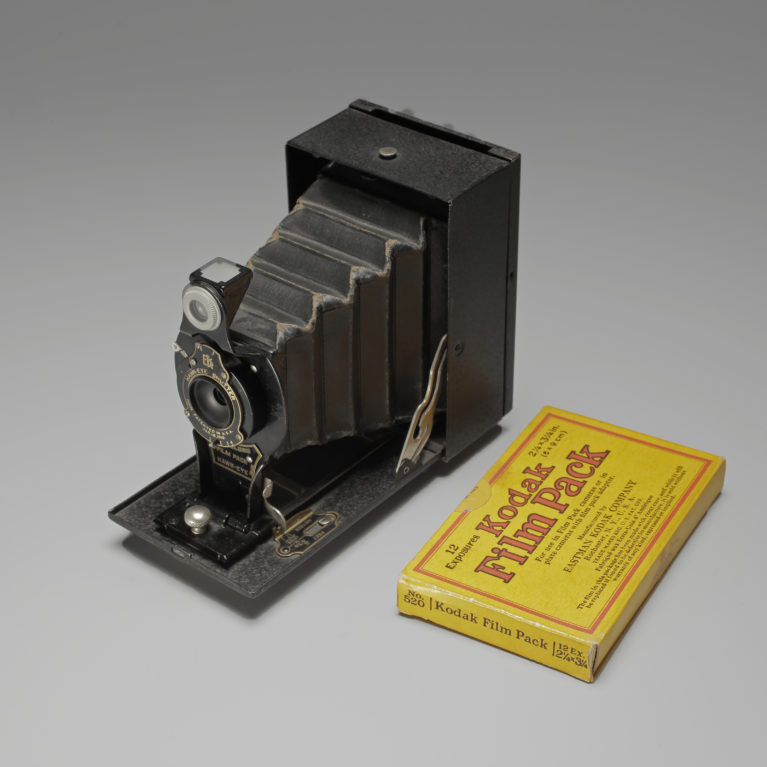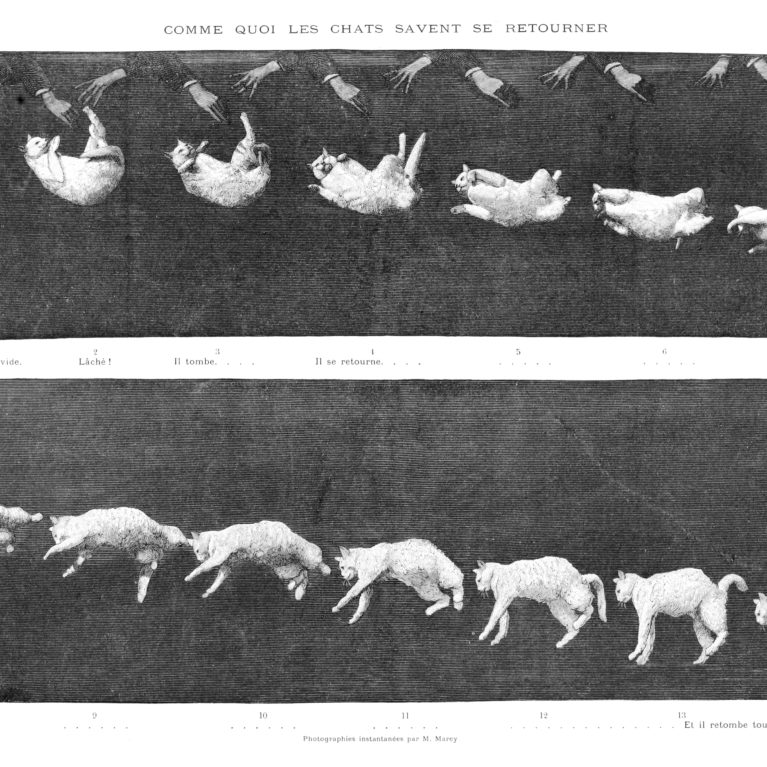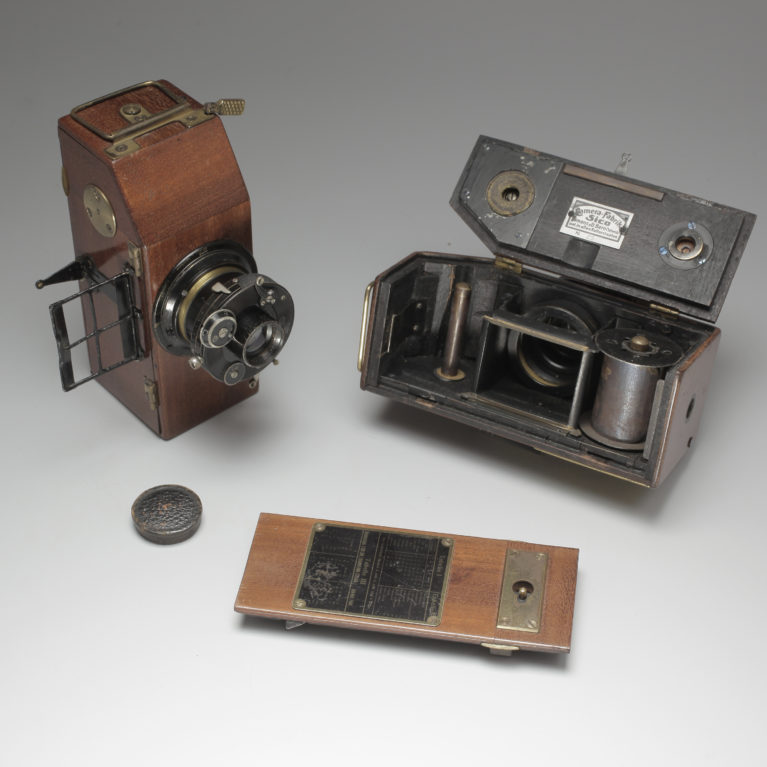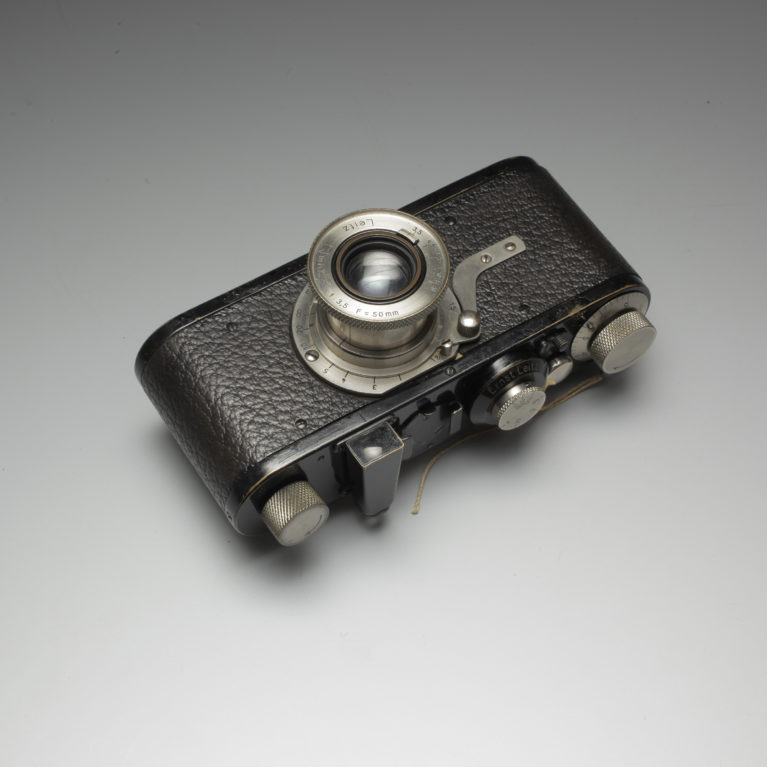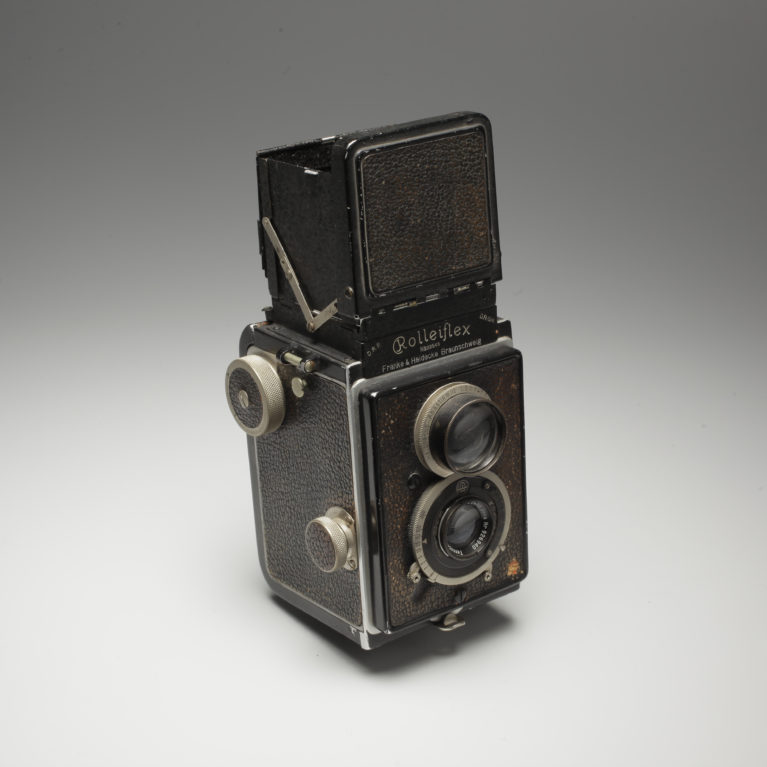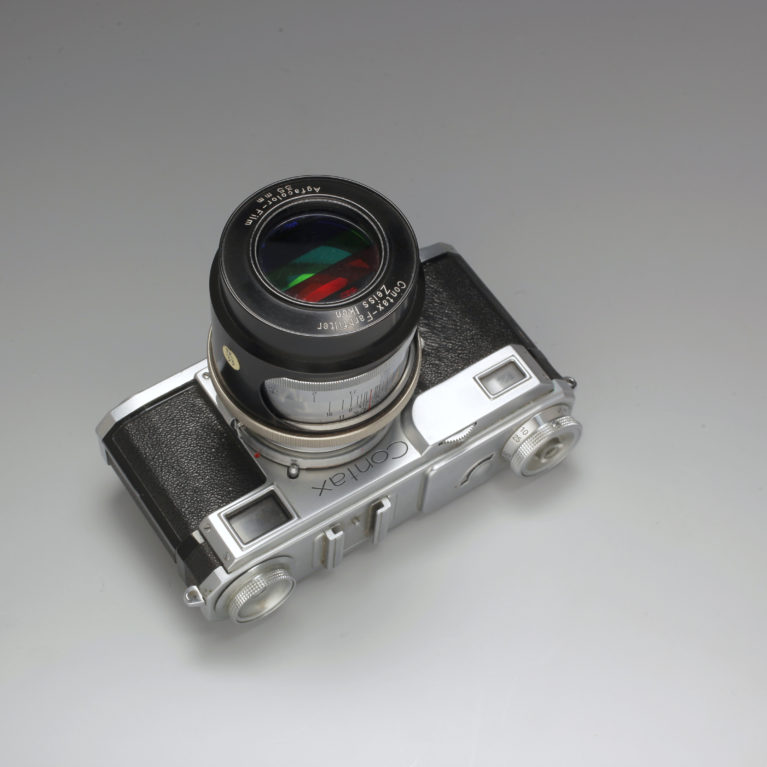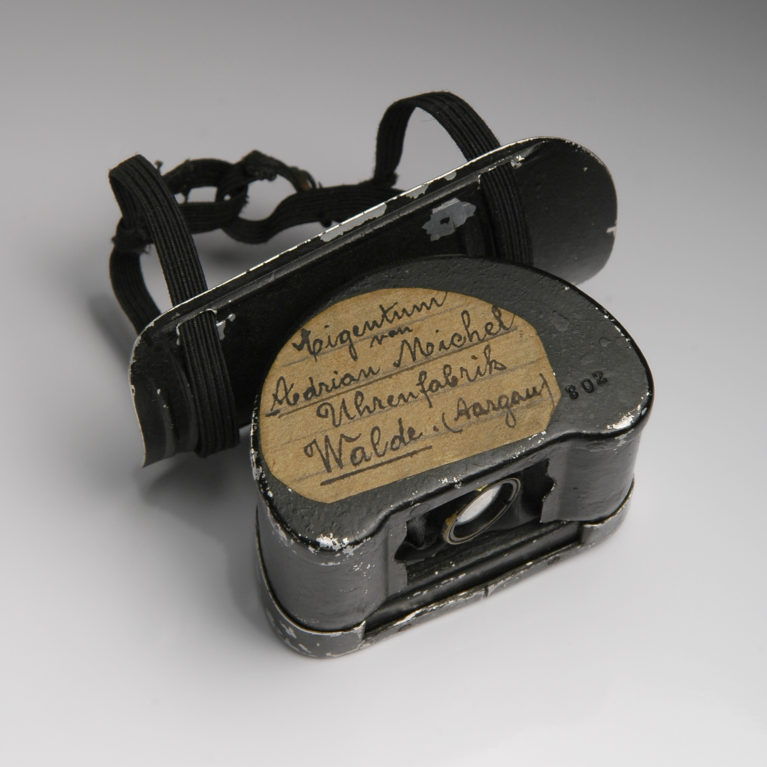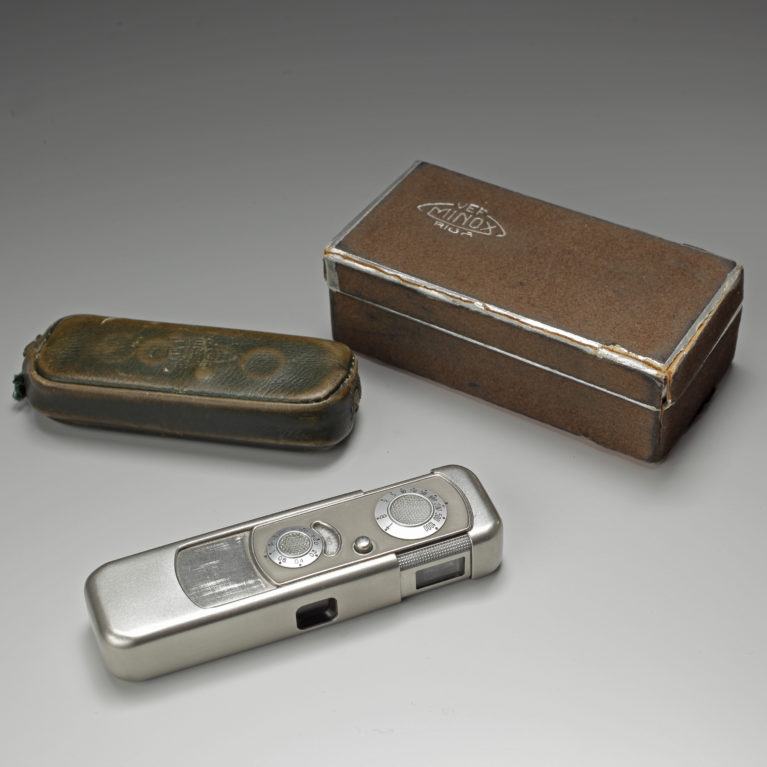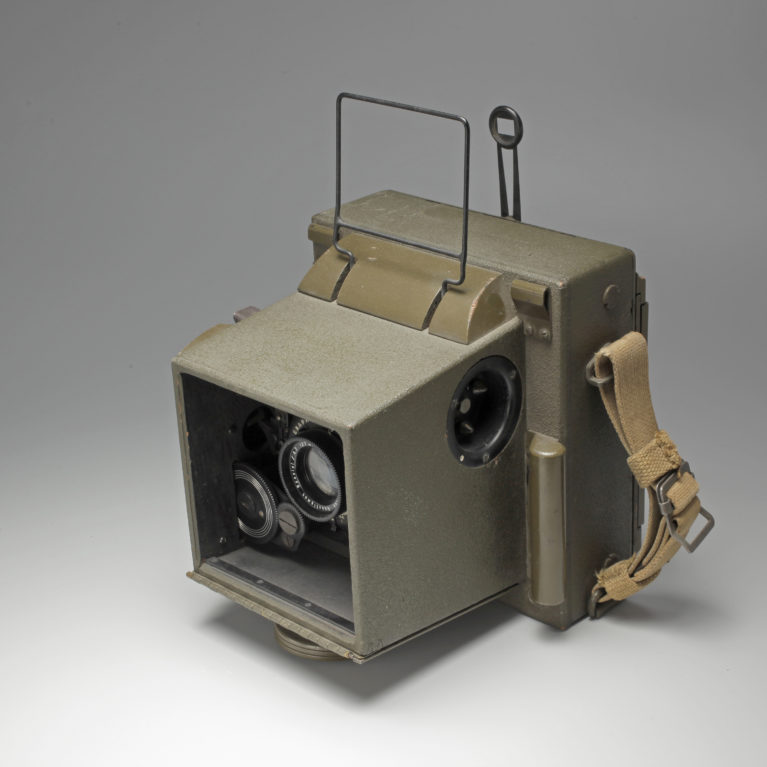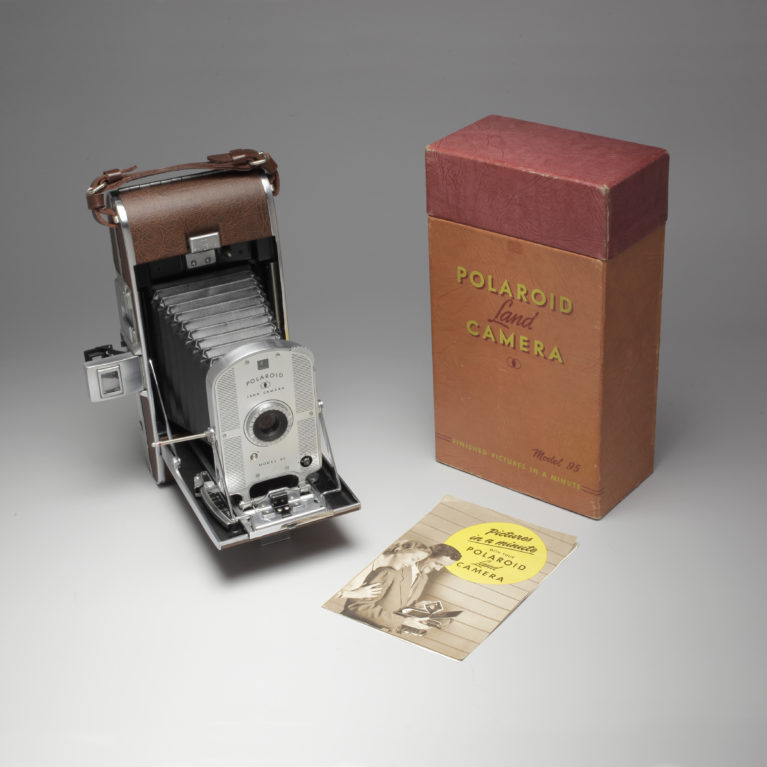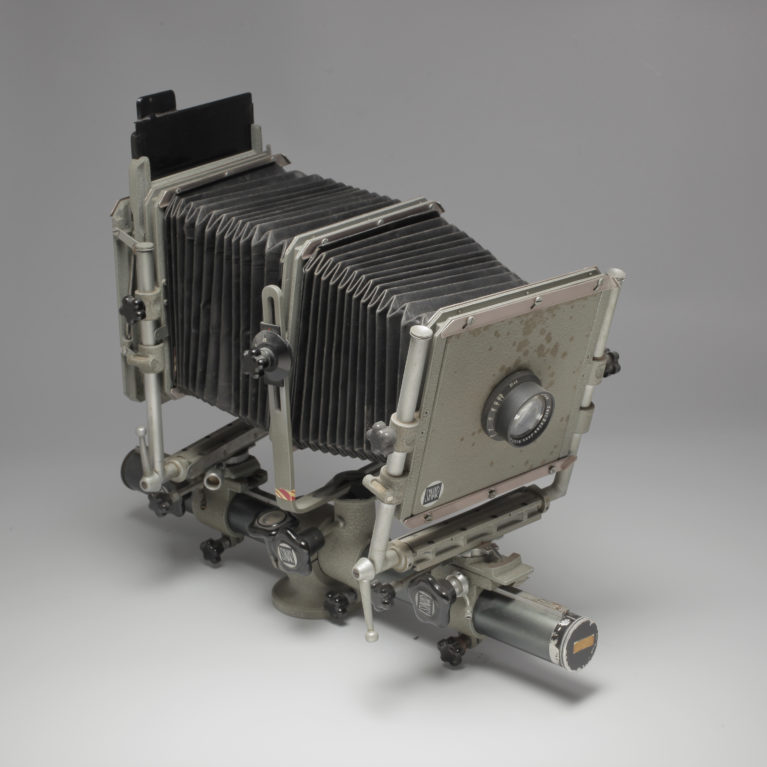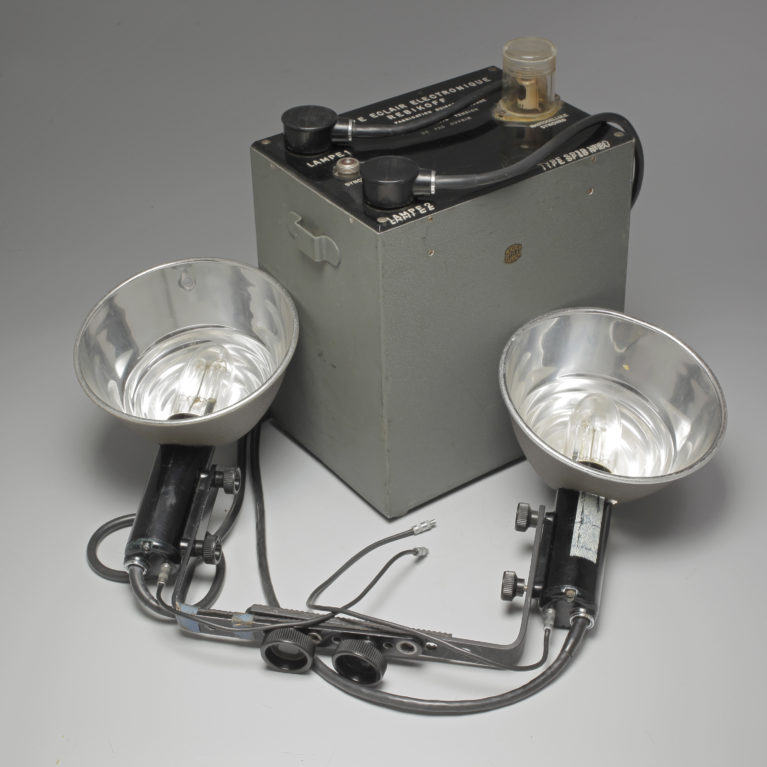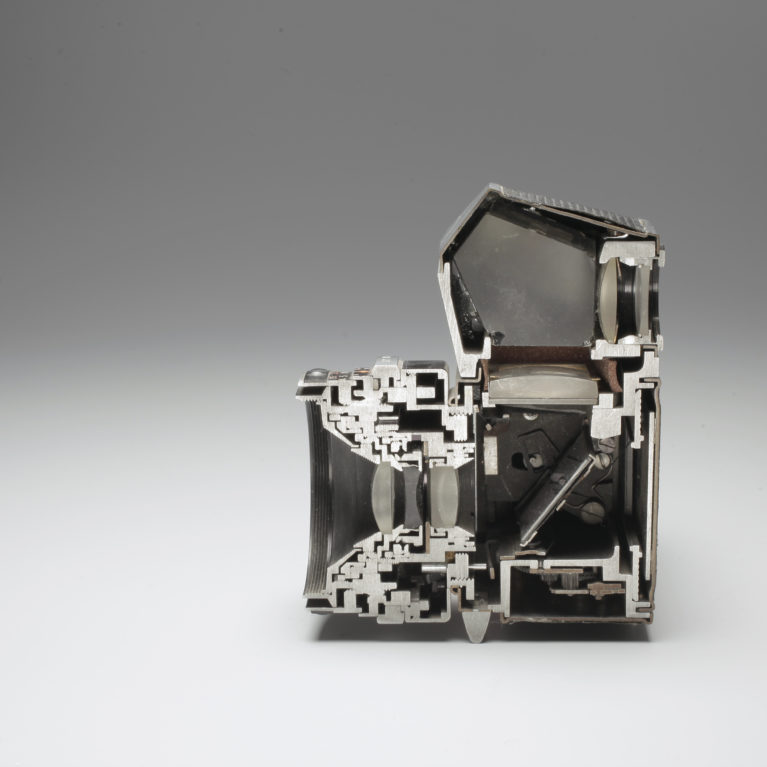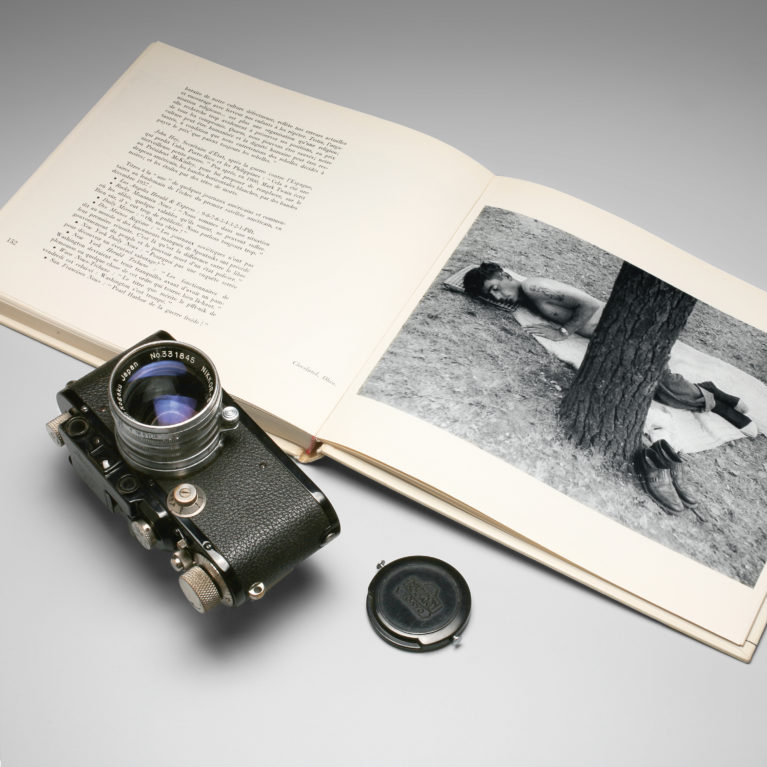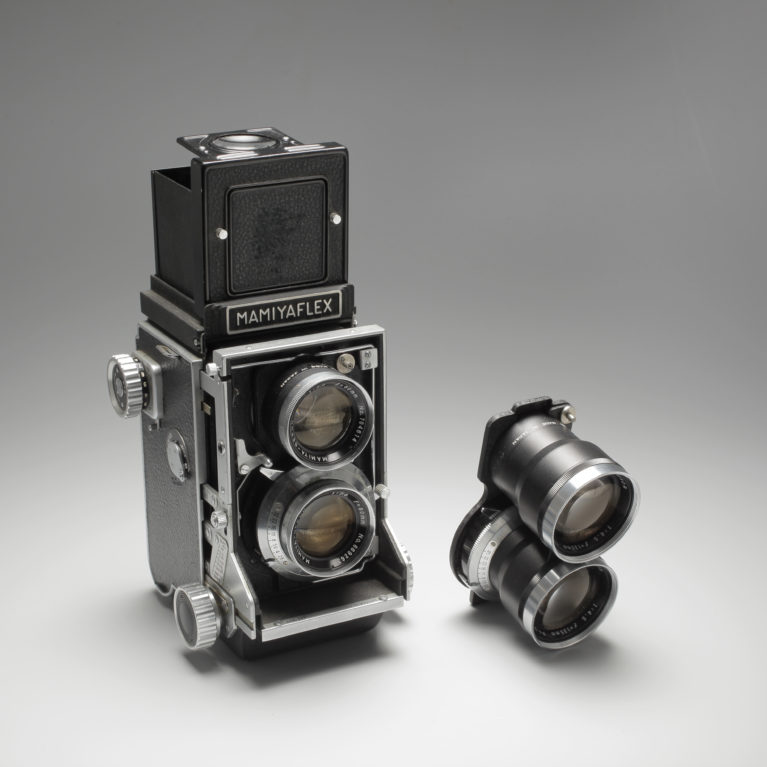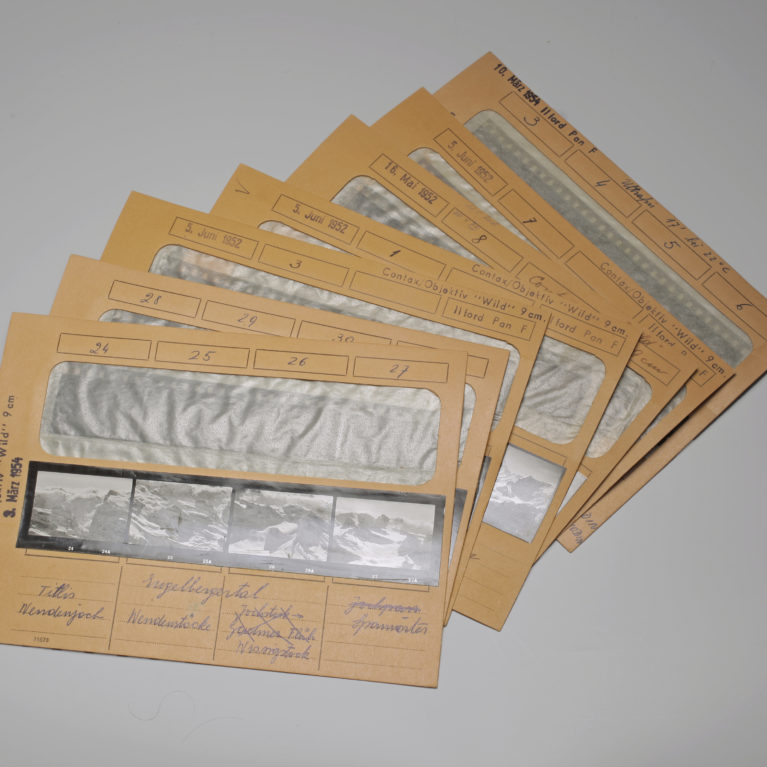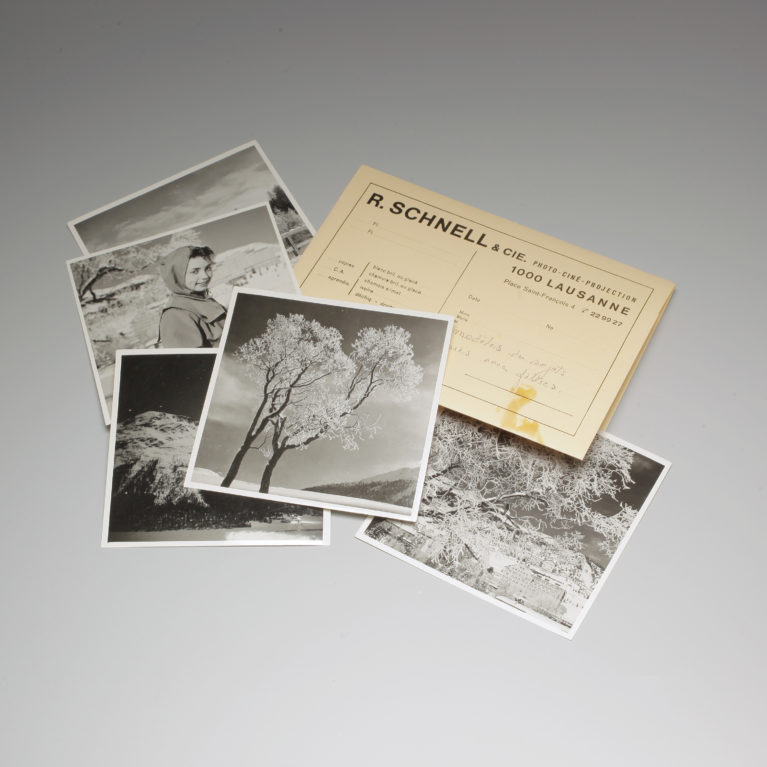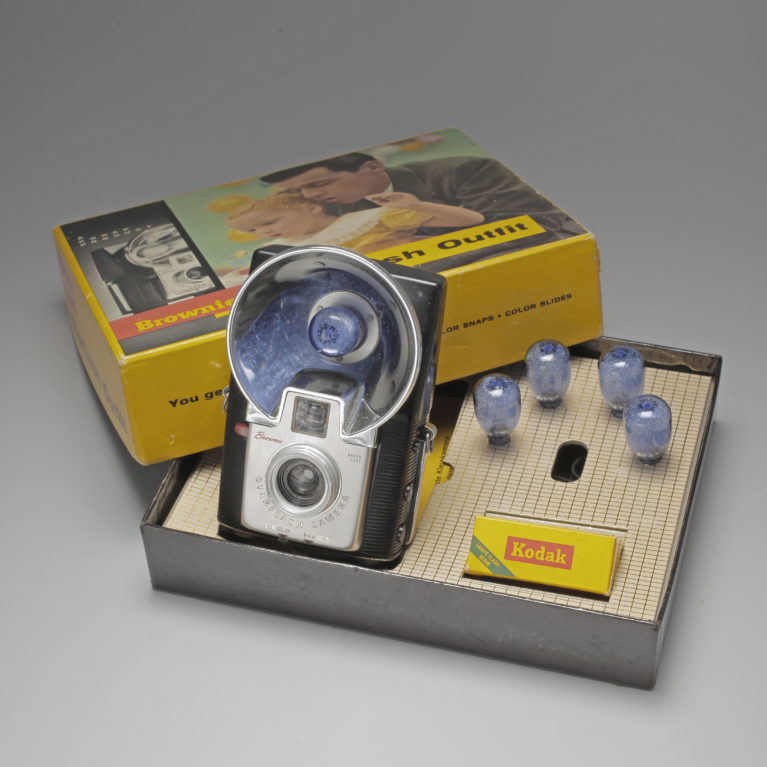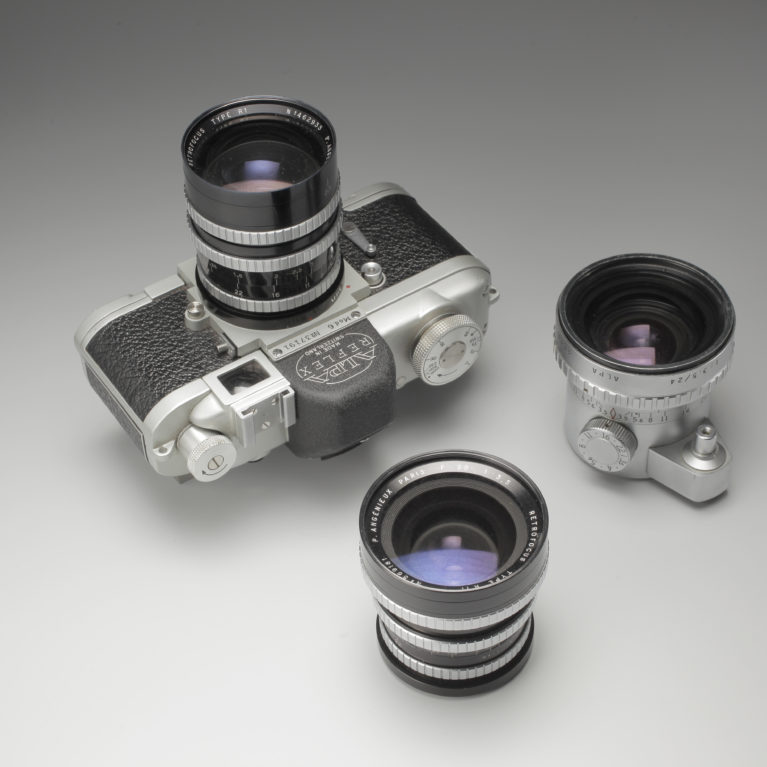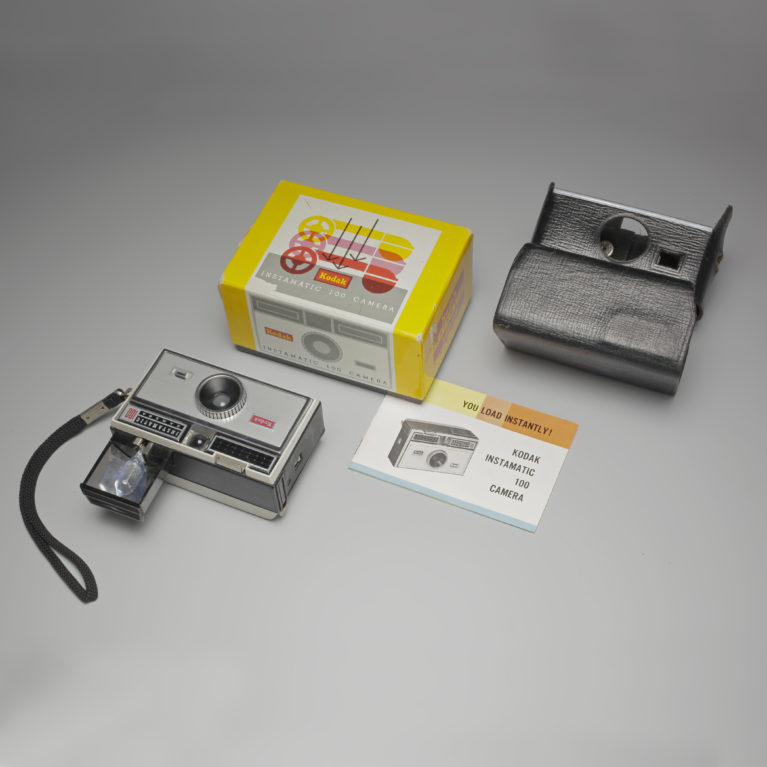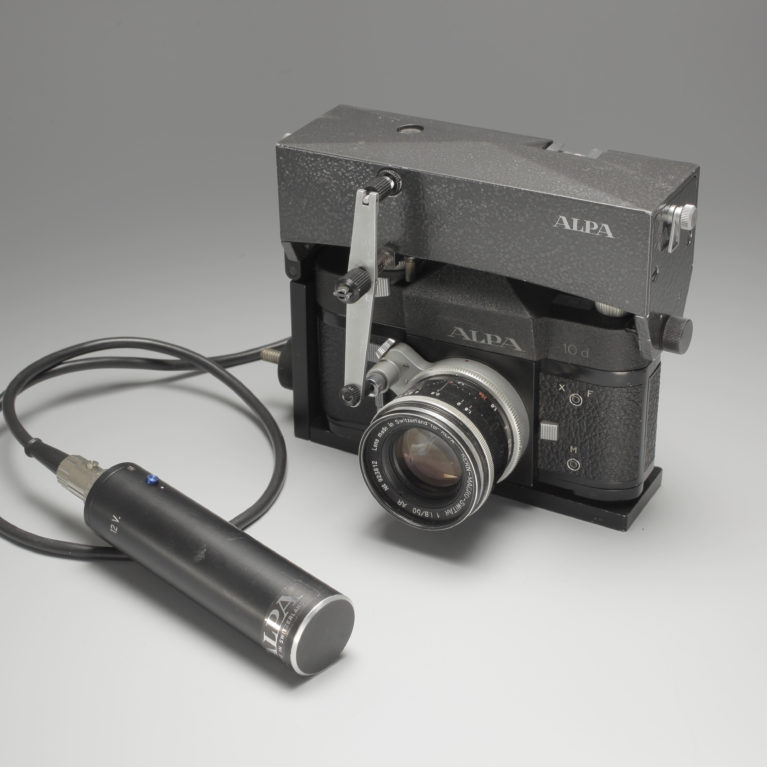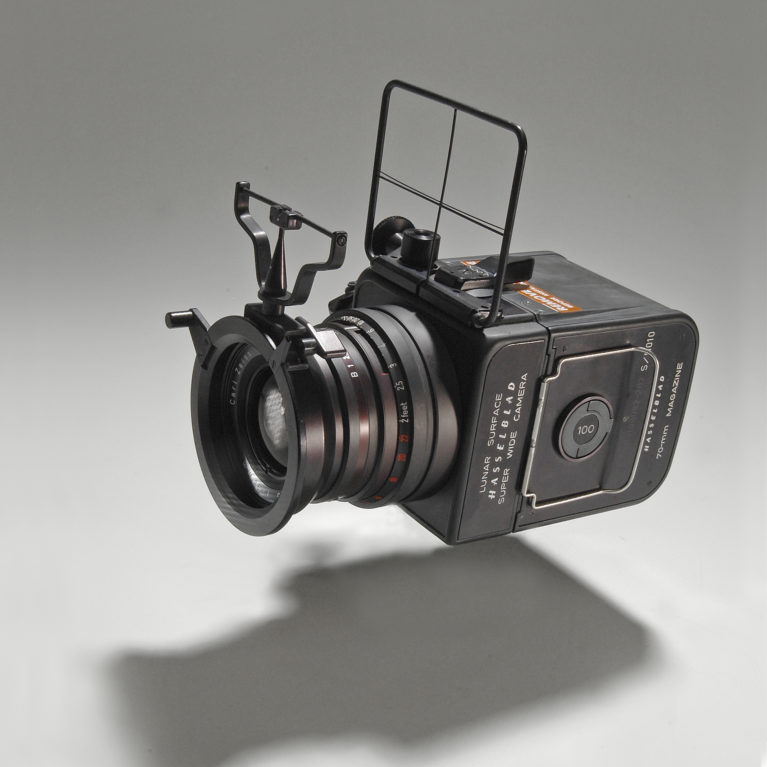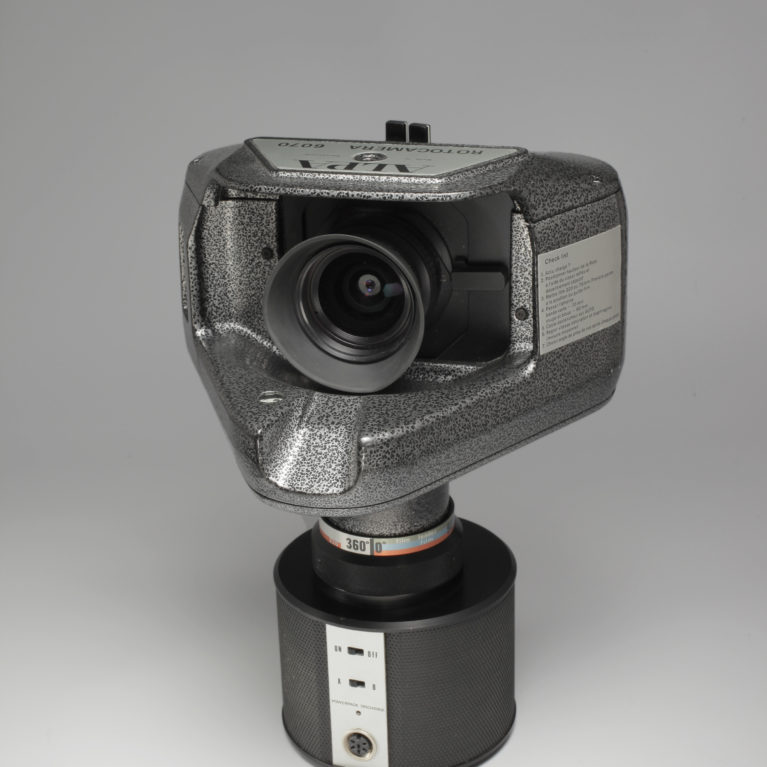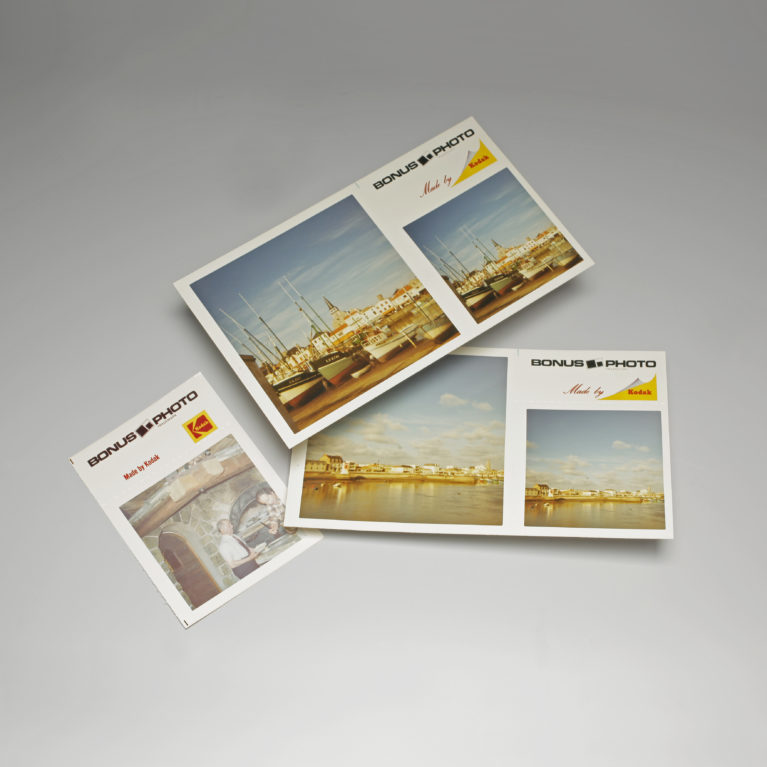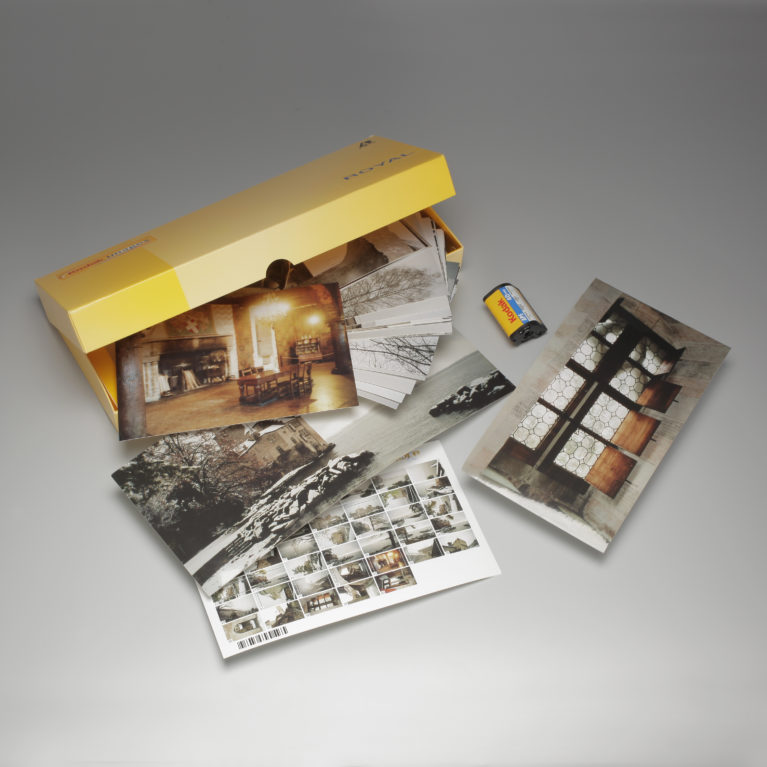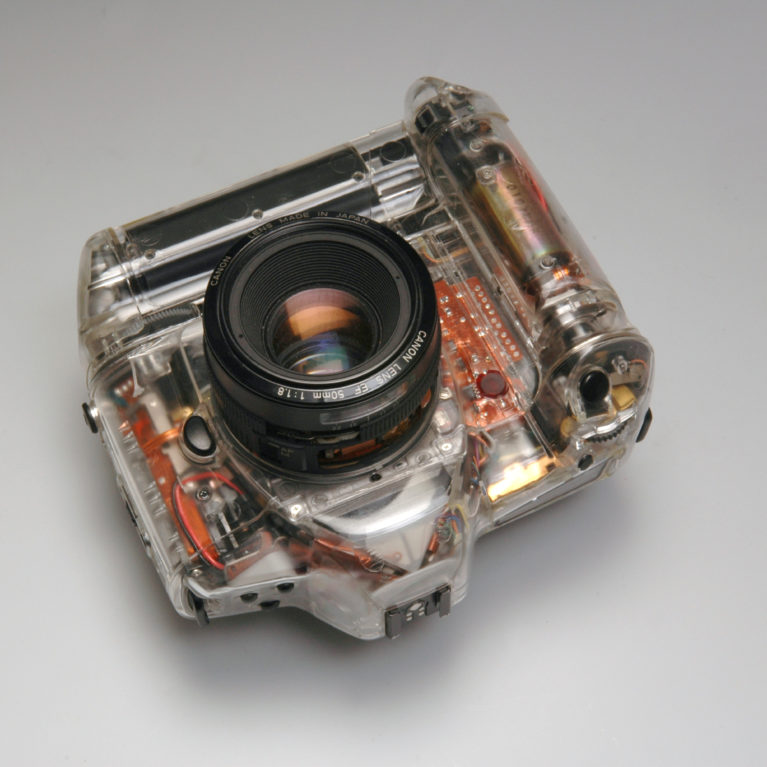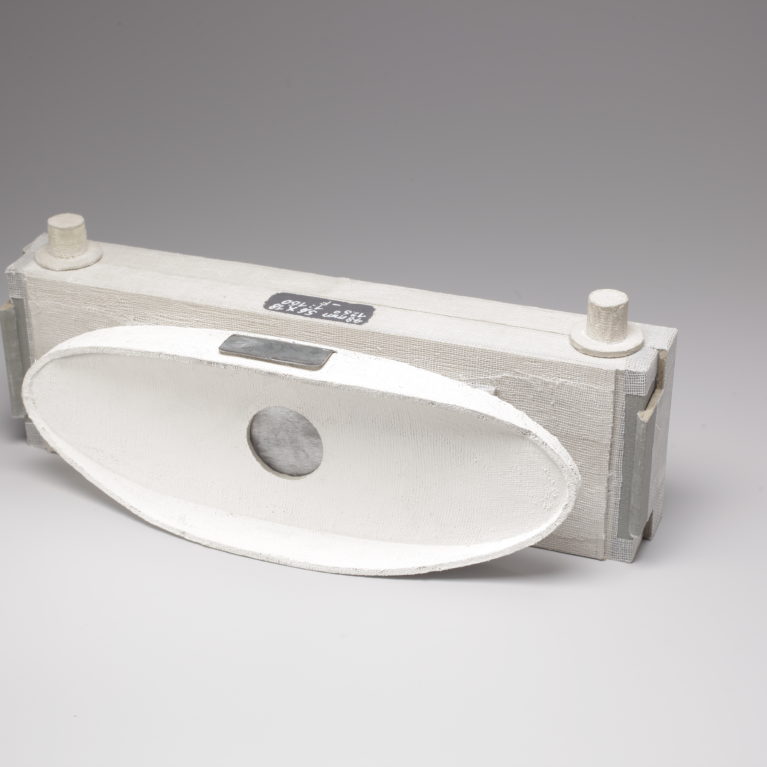The century of the film
The appearance of film on a flexible base in the 1880s was to radically transform photography. The camera underwent a veritable metamorphosis, becoming smaller and mechanical. The provision of a succession of views, with a facility that could not have been imagined with negatives on glass plates, film simplified photography so comprehensively that it introduced a real revolution in our way of observing and communicating and opened the way to the huge activity of photographers in the 20the century.
The use of the film enabled the emergence of the cinema and 35 mm cinema film, developed by Edison, led to another innovation, the famous Leica of Oskar Barnack. With this instrument, it was the actual concept of the modern camera, which came into its own. With the appearance of Rolleiflex from the end of the 1920s it became the tool par excellence of the photographic reporters and played an important role in the golden age of the illustrated press.
After 1945, the rapid economic recovery, together with easier access to leisure activities, gave a new lease of life to the photography industry. Film lent itself ideally to intensive industrialization, and photography then entered the realms of mass consumption.
With the general introduction of the rapid use of colour in the 1960s, film and its processing became a supermarket product.
Although film first appeared only just before the 20th century, it is today perhaps already in the process of disappearing in the face of rapid emergence of the digital image … and yet never have manufacturers offered such effective emulsions, as those coming from the latest research in the field…


